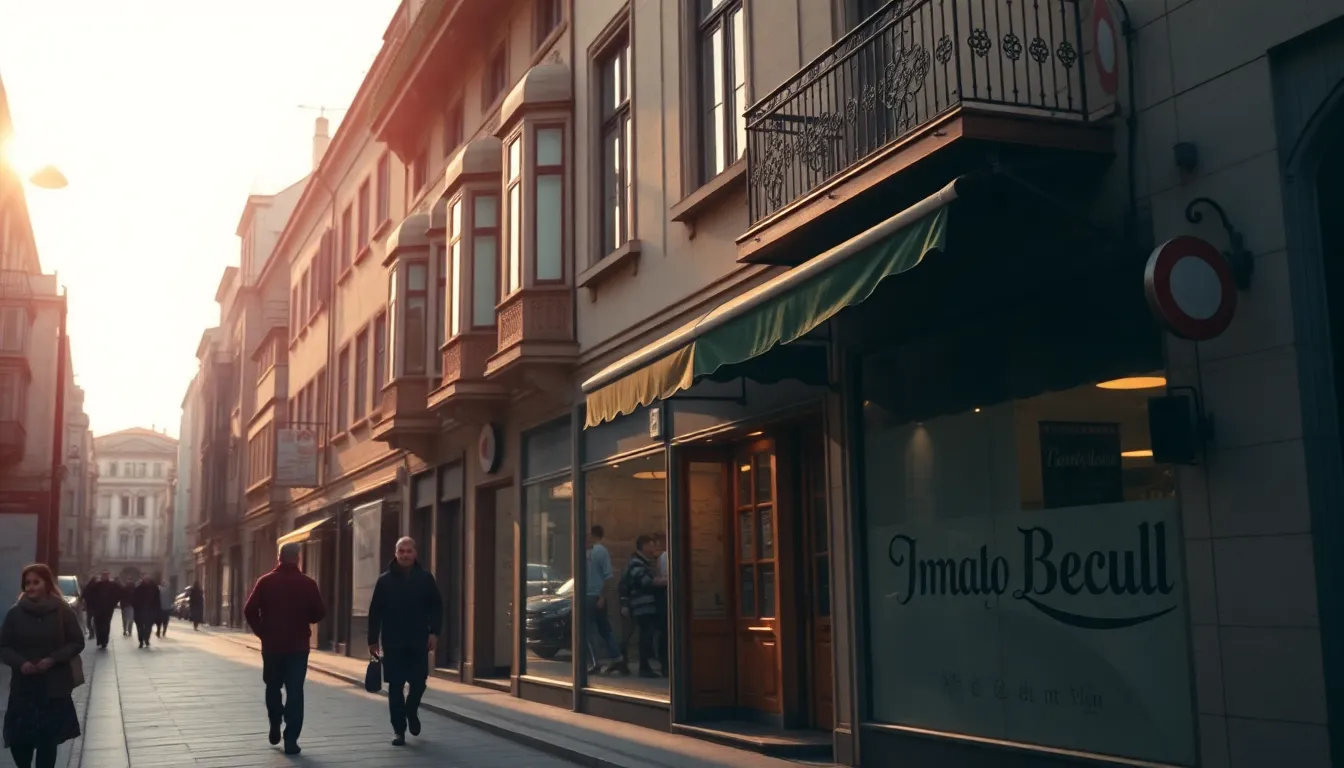Istanbul's Timeless Treasures Unveiled
Join us for a captivating journey through Istanbul's history on this free walking tour, where ancient wonders await at every turn.
Time
1 Hours
Stops
3 Places
Distance
0.6 km
Hagia Sophia
Begin your tour at the Hagia Sophia, a masterpiece of Byzantine architecture and a symbol of Istanbul's rich history, showcasing its transformation from a cathedral to a mosque and now a museum.

Hagia Sophia (Source: Google Maps)
Hagia Sophia, originally constructed as a cathedral in 537 AD, is an architectural marvel that has served various religious purposes over the centuries. Designed by the architects Anthemius of Tralles and Isidore of Miletus, it was the largest cathedral in the world for nearly a thousand years. Its massive dome, with a diameter of 31 meters, appears to float above the central nave, supported by pendentives that create a seamless transition to the square base. In 1453, following the Ottoman conquest of Constantinople, it was converted into a mosque, leading to the addition of minarets and the covering of Christian mosaics. Today, Hagia Sophia stands as a museum, symbolizing the rich cultural tapestry of Istanbul, where Christianity and Islam coexist. Its intricate mosaics, marble pillars, and vast gallery attract millions of visitors, making it a testament to the city's historical significance.
Blue Mosque (Sultan Ahmed Mosque)
Just a short walk from the Hagia Sophia, visit the Blue Mosque, renowned for its stunning blue tiles and magnificent domes, offering insight into Ottoman architectural brilliance.

Blue Mosque (Sultan Ahmed Mosque) (Source: Google Maps)
The Blue Mosque, or Sultan Ahmed Mosque, was commissioned by Sultan Ahmed I and completed in 1616. This iconic structure is renowned for its stunning blue tiles that adorn its interior, giving it its popular name. The mosque features six minarets, a rarity for its time, and a grand central dome surrounded by smaller domes, creating a harmonious silhouette against the Istanbul skyline. The architecture blends traditional Islamic elements with Byzantine influences, particularly visible in its vast prayer hall. The mosque's courtyard is equally impressive, featuring a large fountain and beautifully landscaped gardens. Open to visitors, the Blue Mosque remains an active place of worship, inviting people of all backgrounds to admire its beauty. Its cultural significance extends beyond religion, as it represents the peak of Ottoman architecture and artistry, drawing millions of tourists and pilgrims alike.
Basilica Cistern
Walk to the Basilica Cistern, an ancient underground water reservoir that mesmerizes visitors with its forest of columns and historical significance.

Basilica Cistern (Source: Google Maps)
The Basilica Cistern, built in the 6th century during the reign of Emperor Justinian I, is an ancient underground water reservoir that exemplifies the engineering prowess of the Byzantine Empire. Spanning 9,800 square meters, it could hold up to 100,000 tons of water, sourced from the Belgrade Forest and transported via aqueducts. The cistern is supported by 336 columns, many of which are recycled from older structures, creating a forest-like ambiance. Visitors are greeted by the sight of two Medusa heads, intricately carved and placed upside down and sideways, adding an air of mystery to the site. Once a vital part of the city's water supply, the Basilica Cistern fell into disuse over the centuries and was rediscovered in the 16th century. Today, it serves as a popular tourist attraction, showcasing the ingenuity of Byzantine architecture and providing a glimpse into Istanbul's rich historical narrative.

Your travels, your rules.
Create your own Free Walking Tours.
Set your preferences, distances and anything you want to do or see.
Completely free, no payment required.